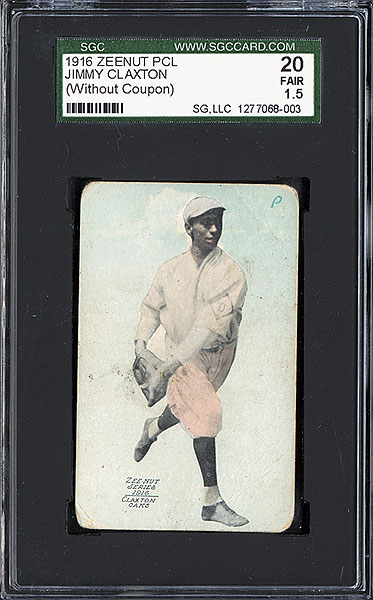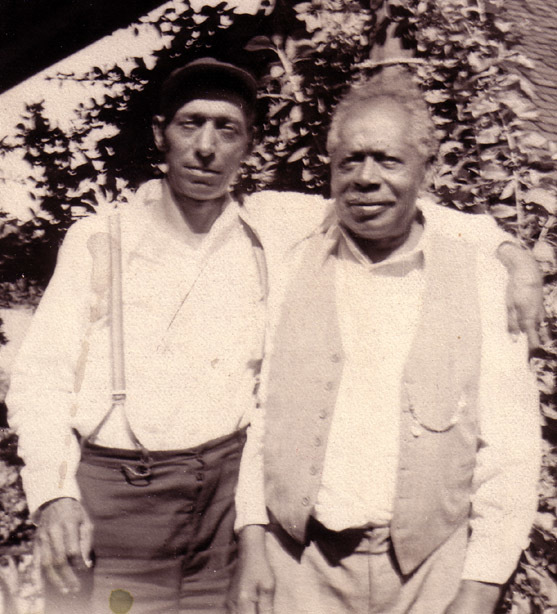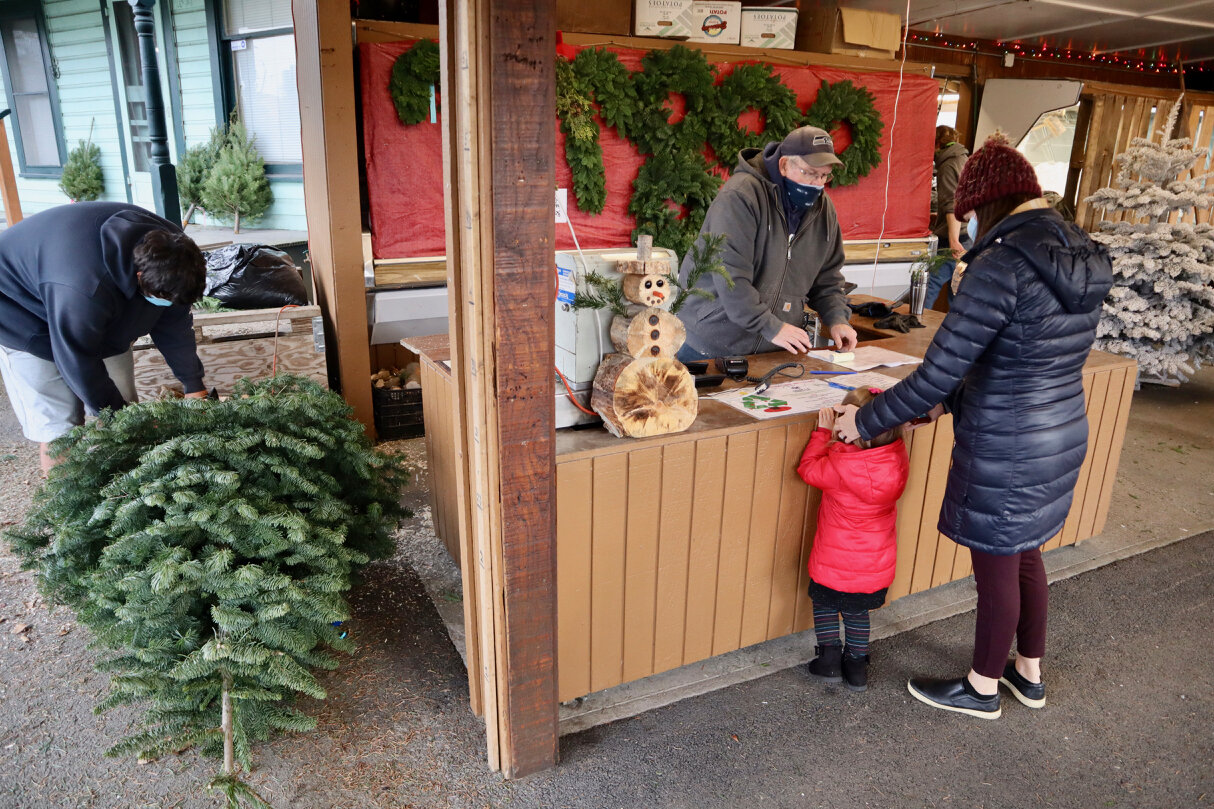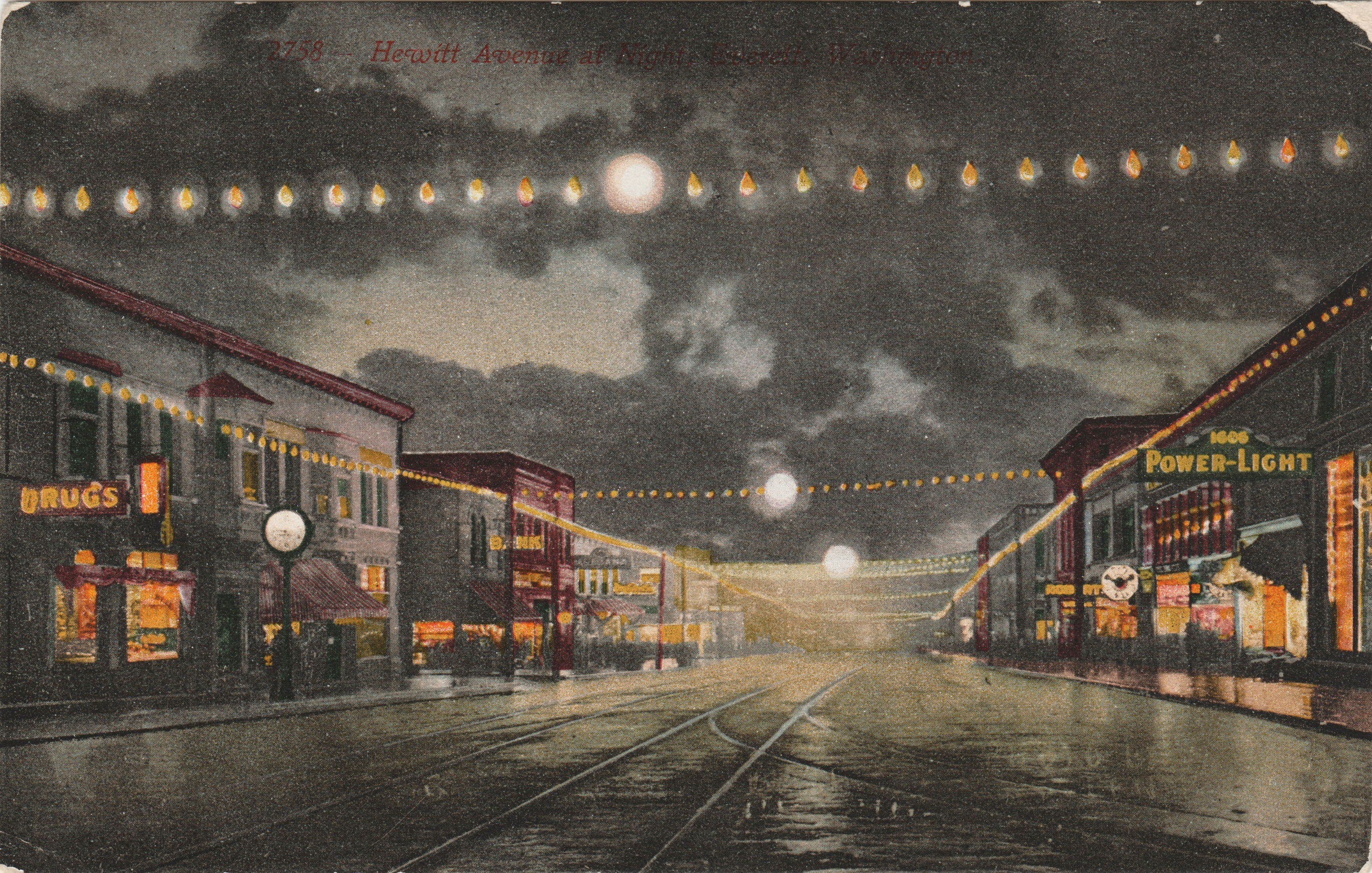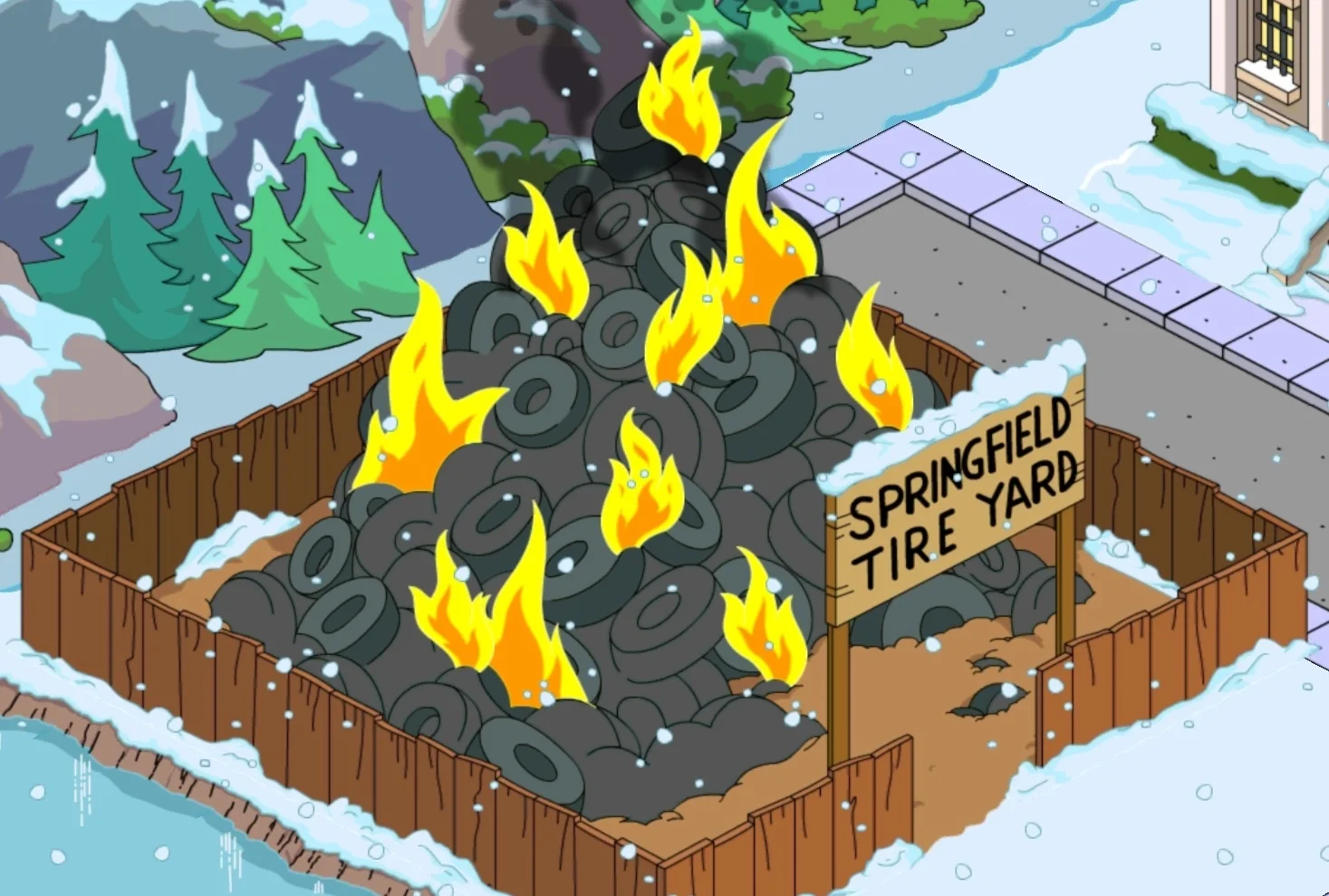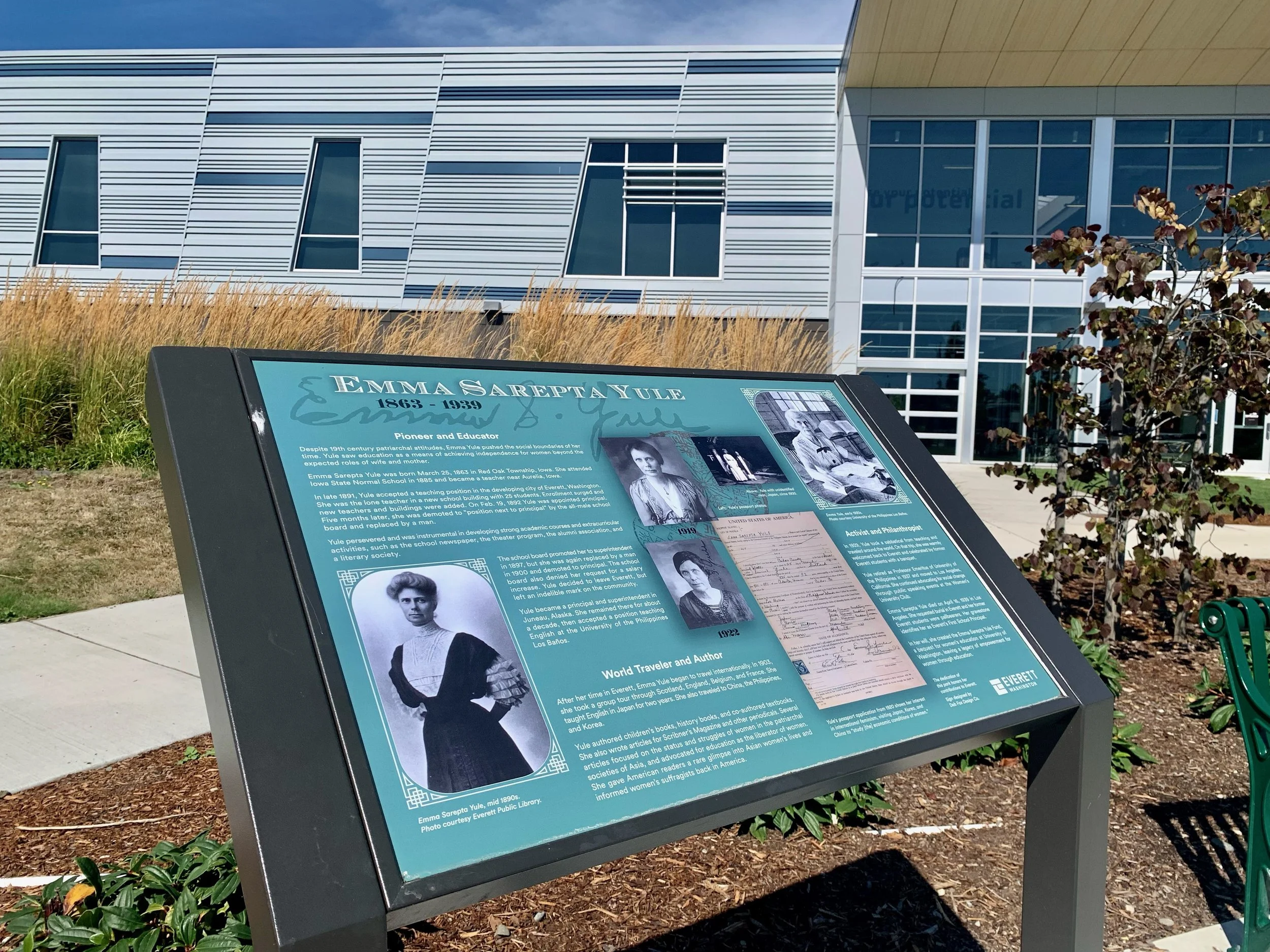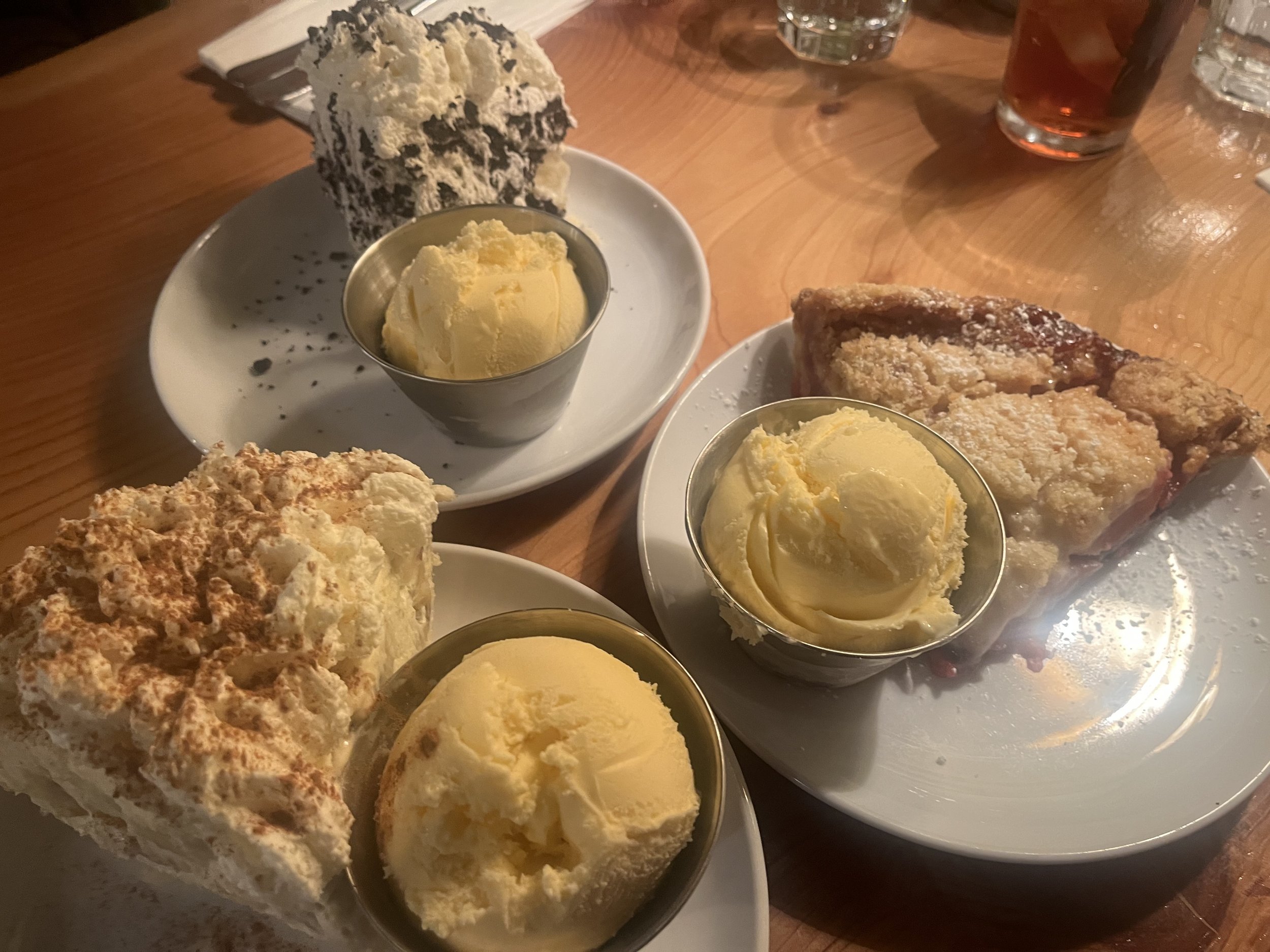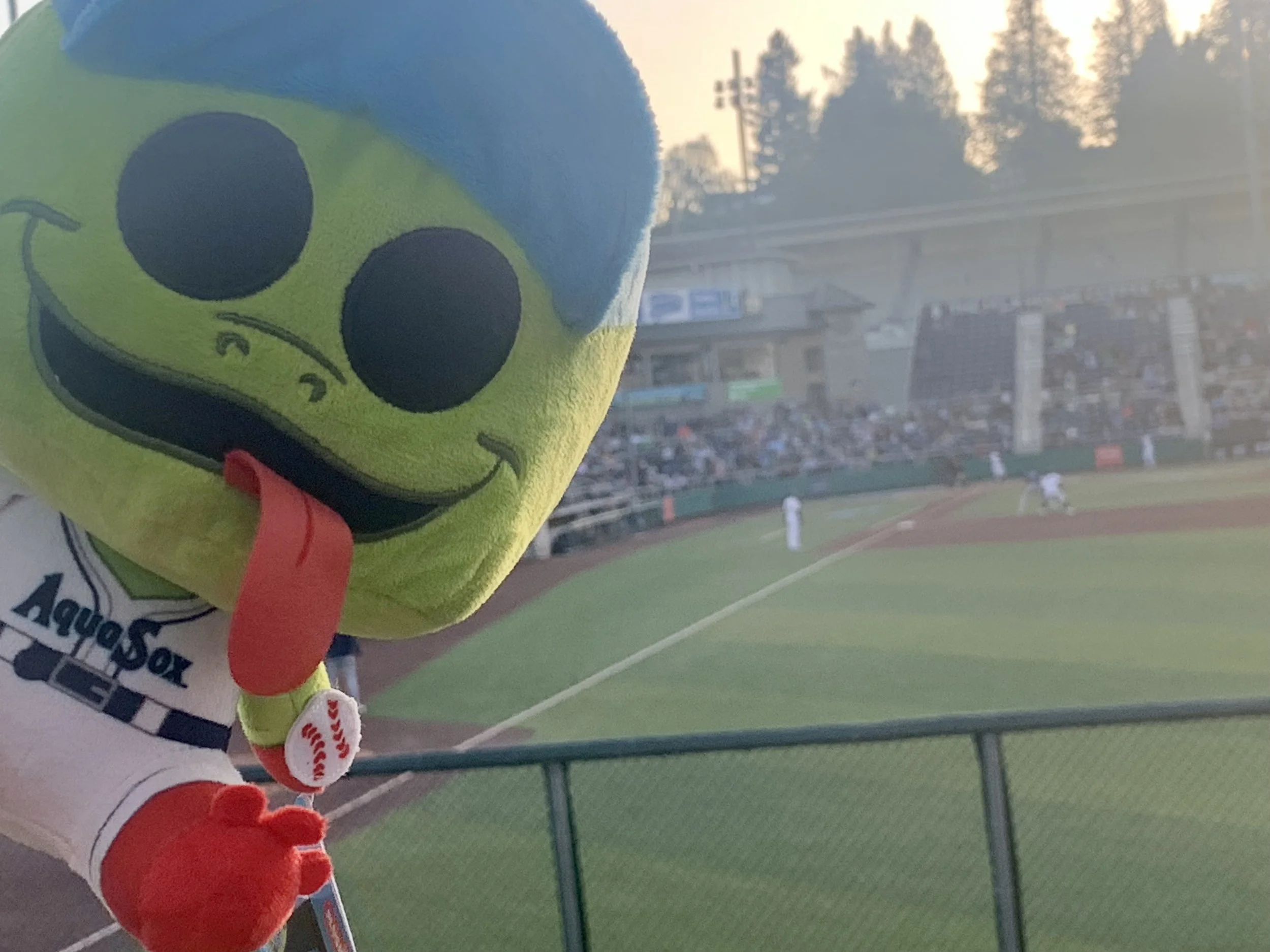Editor’s note: Originally published May 5, 2018.
In 1923, across the water from Everett, a black Canadian-American pitcher named Jimmy Claxton took the mound for the Mukilteo Lighthouse Keepers baseball team.
It would be 24 years before Jackie Robinson joined the Brooklyn Dodgers, breaking the color barrier in professional baseball.
Claxton was the first black man to play organized white baseball in the twentieth century. He helped to integrate the game wherever he travelled. To him his progressive journey seems to have been a passive pursuit, secondary to his goal of just playing ball and getting paid for it.
Unwittingly, Jimmy Claxton helped to shift the cultural paradigm in Mukilteo, of all places. Like other regional underdogs, Wildcat Carter, Joyce Ebert, and Carl Gipson, Claxton thrived in spite of (and possibly because of) being a minority in society at large. He forged his own path by just being himself.
Who was Jimmy Claxton?
Photo: Shanaman Sports Museum.
Claxton has become a minor obsession of mine since I first read about him.
In his wanderings, his work ethic, and racial ambiguity, Claxton was both an embodiment of a classic American type and a symbol of the racial cognitive dissonance of his era.
When his American parents were married in Canada, the officiating minister wrote the following on their registration documents: “The bridegroom is a coloured man; the bride a white woman.”
These words foreshadowed the struggles that Jimmy Claxton would face throughout his career in the early 20th century.
BARNSTORMER
The son of coal miners, Claxton immigrated to America from Canada at a young age. He lived as an athletic nomad*, playing on barnstorming baseball teams across the nation. Barnstorming teams were local groups of athletes who toured regionally, playing ball.
By his own recollection, Claxton played in all contiguous 48 states, minus Maine and Texas. I’ve counted at least 22 teams that he played for, though there may be more. In one year alone he played for 5 different leagues.
He played for provincial teams long forgotten to modern-day baseball fans. The names of the teams give you an idea of his peregrinations: the Roslyn Yippers, the Cuban House of David, the Dixie Club, the Shasta Limiteds, Scott Motors of Reno.
A lefty pitcher, Claxton seems to have been a workaday moundman, slinging fastballs and sliders for his daily bread. He also played right and center field, as well as first base.
In addition to his athleticism, Claxton was a longshoreman and worked stints on West Coast wharves between baseball seasons.
He was not always accepted where he went.
Claxton played ball in Edmonds as well.
ZEE-NUTS AND THE OAKS
Claxton first made baseball history in 1916.
In that year a young Claxton signed an Organized Baseball contract, agreeing to pitch for the semi-professional team the Oakland Oaks. He was hired with the understanding that he was of Native American ancestry.
“Claxton was greater than the sum of his genetic makeup and social status because he was a person, and a damn good baseball player.”
During his short tenure with the Oaks a photographer from the Collins-McCarthy Candy Company snapped a photo of Claxton for a set of collecting cards. The Claxton card, included in Zee-nuts candy, is the first American baseball card to feature a black baseball player.
As such, Claxton’s Zee-nuts card is highly collectible. One of these Zee-nuts cards in *okay* condition sold at a Sotheby’s auction for $7,200 in 2005.
The Oaks fired Claxton after about a month when they discovered that he was black.
Claxton felt betrayed. In a 1964 newspaper interview he said, “I had been with Oakland for about a month when I got notice that I was released. No reason was given, but I knew.”
Claxton’s month with the Oaks was the first time that a black baseball player played on an organized white baseball team.
Claxton played baseball into his 50s. His career stretched from the Coal Age to the Atomic Age.
After retiring from baseball, he set down roots in Tacoma where he continued to work as a longshoreman. He played his last game for the South Tacoma Pines of the Valley League, throwing a few innings in an old-timers game in 1956 at age 63.
Claxton died in 1970 in Tacoma, having broken color lines across the country.
He was categorized by the press as being alternately black, Indian, and having “Nordic” skin. Claxton was all of these, to be sure, and more: he had English, Irish, and French blood. But race had nothing to do with his baseball playing prowess. Rather, depending on interpretation, his ambiguous race determined his eligibility/ineligibility to play for various baseball teams.
His employers struggled to slot Claxton the peripatetic free spirit into an imaginary social hierarchy, sometimes excluding him from their teams for their profit or image.
Claxton, a complex human being, wasn’t “just” anything. He was greater than the sum of his genetic makeup and social status because he was a person, and a damn good baseball player.
Claxton is in back row, fourth from left.
LEGACY
I think of Claxton when I look out from Pigeon Creek to the beaches Mukilteo.
I think about how this part of the country has historically tried to push for equal rights. A pioneering region at the edge of the continent had to be open to new thoughts and perspectives. The relatively new West Coast culture was free to define its own paradigms and norms.
Claxton reminds me that adversity is what can propel the underdog to excel in spite of the odds.
Mukilteo’s anomalous pitcher reminds us all that people should be defined by their actions and choices and not their ancestry. His old-timey baseball story is a modern parable we can all learn from.
*Coal miners moved a lot, due to the nature of their work. They went where the coal was. Claxton’s family moved around a lot when he was young. This could have contributed to his wanderings throughout adulthood.
READ ABOUT JOYCE EBERT, WILDCAT CARTER, AND CARL GIPSON.
Richard Porter is a writer for Live in Everett.



